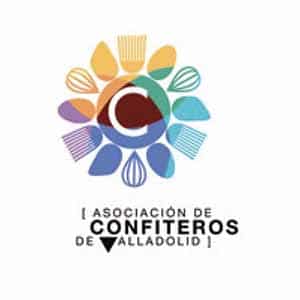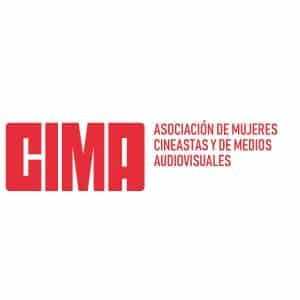The 69th edition of the Valladolid International Film Festival (SEMINCI) has programmed 14 Spanish short films, selected from among the 400 works presented, included in two sessions entitled The Night of the Spanish Short Film. To complete the programme dedicated to these creators, two round tables were held today under the title ‘The Morning of the Spanish Short Film’, with the participation of ten of the filmmakers presenting their work in the competition.
Anna Solanas and Marc Riba, the directors of Mater Benefacta, have debunked the myth that filmmakers see short films as a rehearsal and learning laboratory before embarking on directing a feature film. Although they recognise that their case is very particular, because they have been working on short animation films for more than 20 years, specifically stop-motion, a traditional technique that consists of recording objects frame by frame in order to construct movement. ‘In animation, the short film is an end in itself,’ they say.
With Mater Benefacta they also claim that animation should not be confined to children’s entertainment. With this work they offer a critique of the Catholic religion and a dark approach to the theft of babies that took place up until the 1980s. ‘We use animation to show a deformed and poetic vision; to make a small, crude portrait of the history of Spain through wooden dolls’, defined Anna Solanas, to which Marc Riba added more details: ‘We liked to try to get into the mind of the nun; her internal struggles, what leads her to do it, mixing moral themes’.
Despite this example, the national production of short films represented in this edition coincides in the usual lack of resources, or difficulties in obtaining financing, which perpetuates the need to count on the disinterested help of friends or family or, as in the case of El otro, by Eduard Fernández, to act while directing his directorial debut. ‘I wanted to have an actor who could do it well and without being paid, so I said to myself: “I’ll do it myself and I’ll save on indications”’, he joked. ‘It’s been easy for me to direct. I’ve learned a lot from the shoots I’ve been on. I was clear about how I wanted to shoot and I knew how to give up what I had to give up in order to get more shots instead of perfecting just one’.
The other arose, according to Eduard Fernández, from an image: that of a man alone in his house, far from his friends and his son, who ends up being haunted by his ghosts and flees his home. ‘This short film aims to share the profound pain of being alone’, he added.
In the case of El príncep, Álex Sardá, winner of the DOC award at the 67th SEMINCI, the main character Enric Auquer (El maestro que prometió el mar) is his cousin, so he was involved in the project from the beginning and, according to Sardá, his contributions made the script grow. The story mixes family and corruption in a game of layers that questions the conception of oneself and one’s family.
At night we walk alone, Amanda Cots and Ángel Suárez Ávila, directors of Futuro, a fable about the mass exodus of young Cubans, filmed by the two of them alone, camera in hand, illegally entering an enclosed space doomed to disappear, a symbol of the friendship that will be broken when one of the friends leaves. ‘In the San Antonio de los Baños school we have learned to shoot with few resources,’ Ángel Suárez acknowledged, to which Amanda Cots added: ‘We approach filmmaking with little budget and means, but good films come out of it.’
Whether training at a particular film school determines a common style is one of the issues raised at the round table. In this sense, Rafa Alberola (En la noche caminamos solos) and Manuel Manrique (Una cabeza en la pared), both students at ECAM, recognised that studying at the same school creates a community. ‘It’s important to work with people close to you; it’s hard enough work not to do it with the people you love’, admitted Alberola, whose short film, a metaphor for job insecurity told as a vampire story, will soon be made into a feature film. For his part, Manrique starts from the premise of what would happen to a bullfighter in a world without bullfighting and creates a futuristic atmosphere with Nacho Sánchez (Mantícora) as the main character, which will soon be made into a feature film.
Mariano Schoendorff (They Send Word), for his part, as a graduate of England and the United States, recognises that studying in English-speaking countries implies a different approach to filmmaking, but that he tries to integrate both universes. His work is a biopic about José Manuel Ordovás that seems like fiction because of the ‘kaleidoscope of madness’ of this character, whom he filmed hidden in a car while handing out pamphlets about aliens in the streets of Madrid in order to include documentary resources.
Lucía Forner has contributed a double genre approach by combining in Berta, a short film starring Nerea Barros, the genre of rape revenge and the approach of facing a rape from a female point of view, focusing on the subsequent revenge. ‘How do you shoot a rape scene with sensitivity? Do it in a way that doesn’t end up in a porn film,’ she warned.

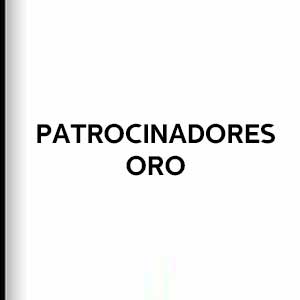
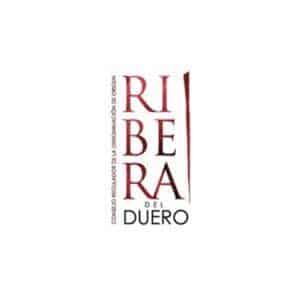


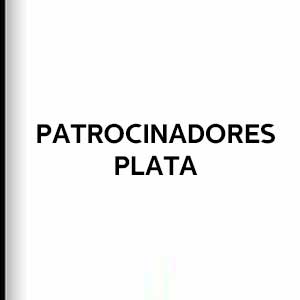



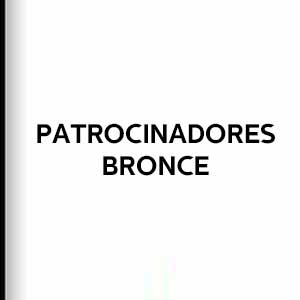

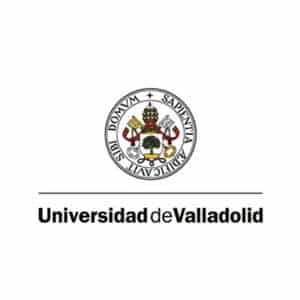







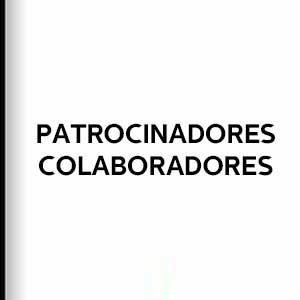
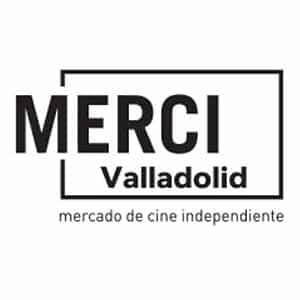

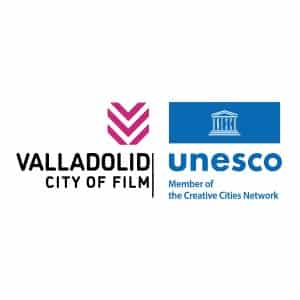
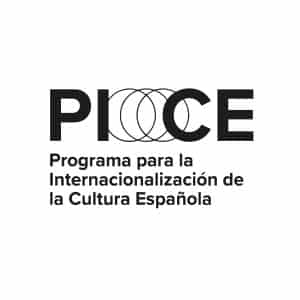

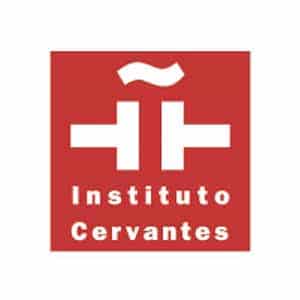
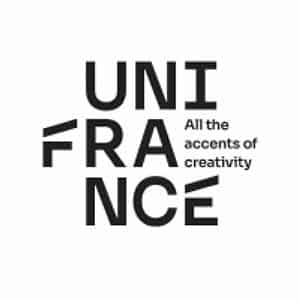
![Logo Foro Cultural de Austria Madrid[1]](https://www.seminci.com/wp-content/uploads/2024/09/Logo-Foro-Cultural-de-Austria-Madrid1-300x76.jpg)




